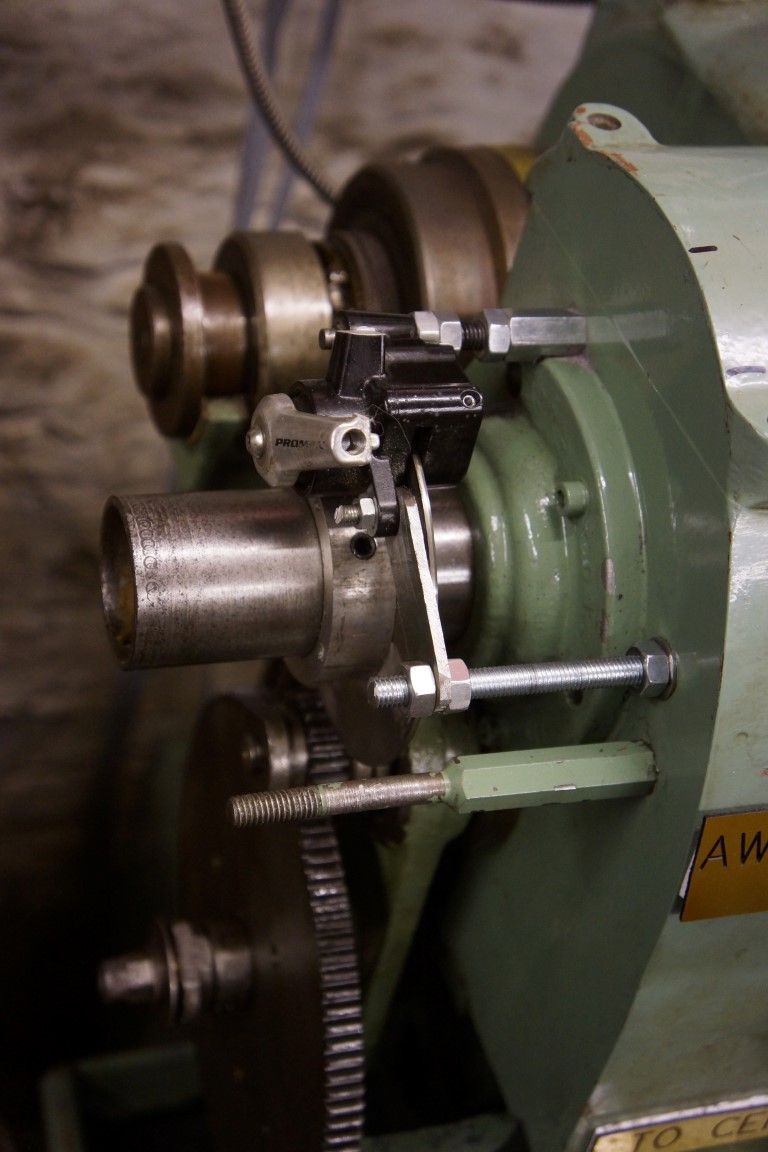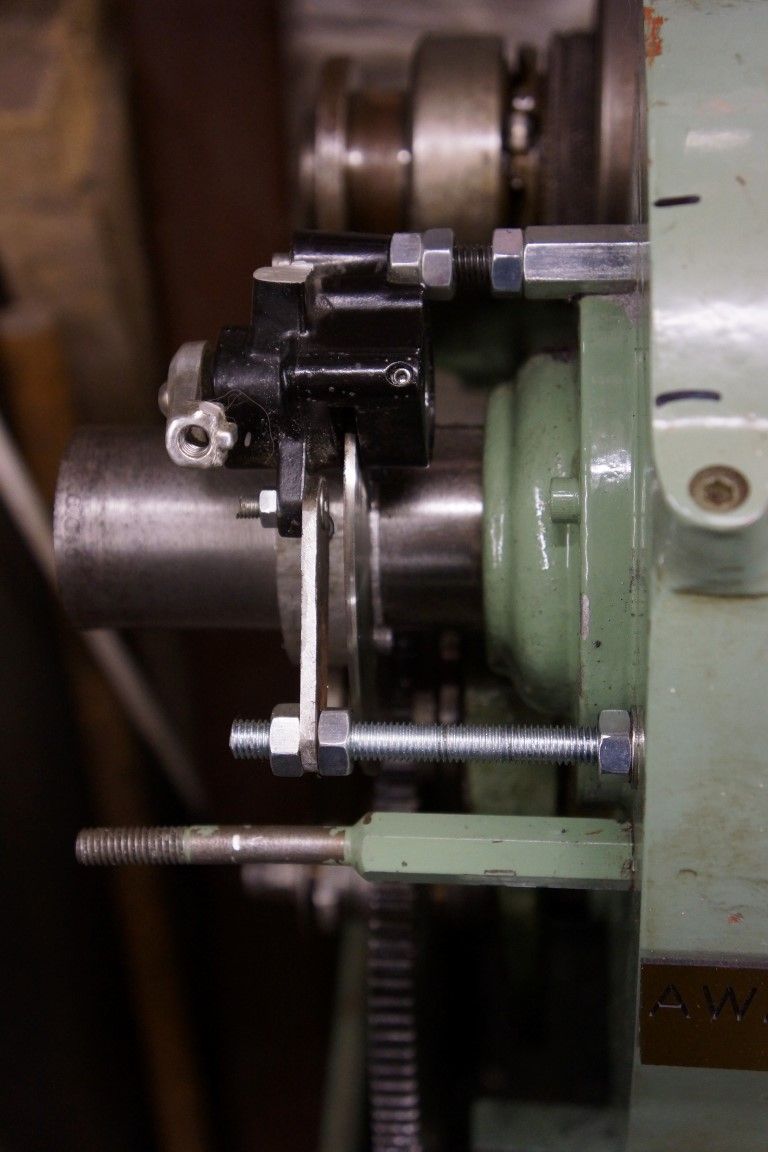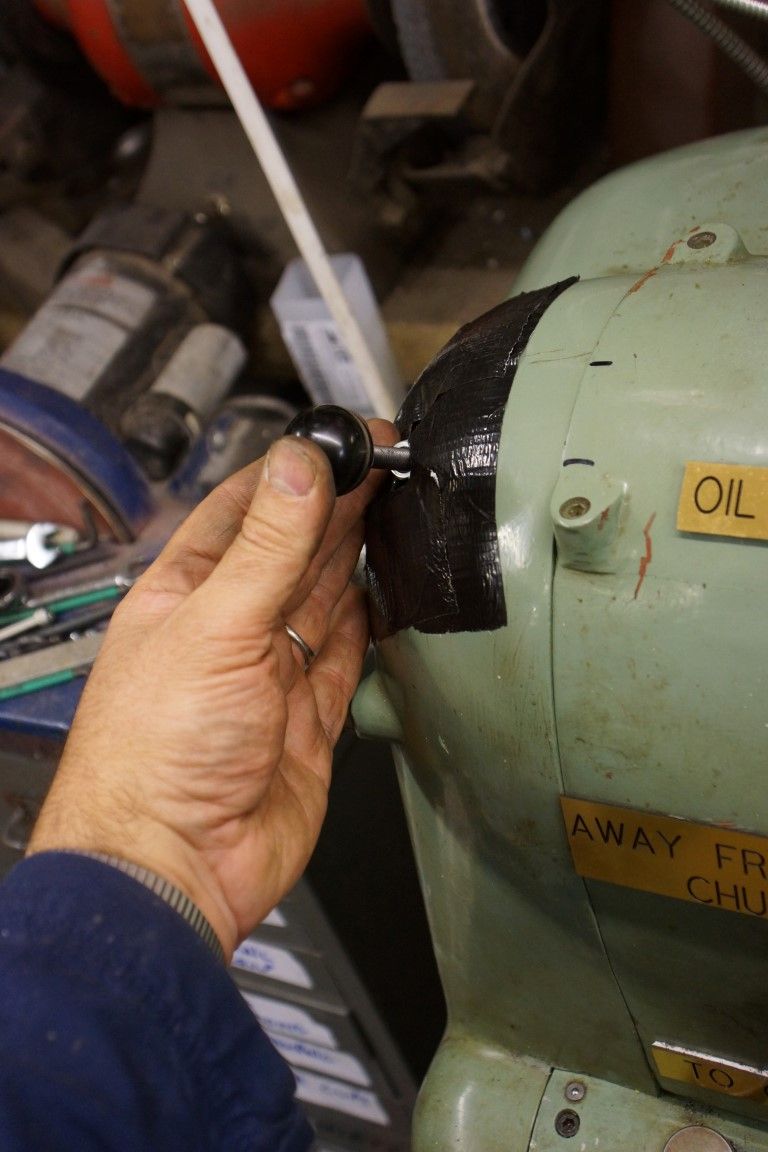Nice job.
A good short project to write up for MEW with clear drawings dimensions and "why I did it this way". Although its unlikely that there are more than a few readers wanting to fit it to that specific machine its of general interest as there are a goodly number of lathes which would be improved by the device. Its much easier to modify a published design to fit a different machine; probably mostly changing hole sizes, positions and bracket shapes; than it is to work out a design from a clean sheet of paper. I'll bet there are more than a few readers who'd like such a device but either lack the skills / confidence to start from scratch or consider the reward not worth the effort.
Be interesting, albeit impossible, to know how the ratio of MEW projects, in the widest possible definition, pans out between made to design, minor modifications e.g. threads & fasteners, somewhat altered e.g. use whats in my handy box, seriously re-jigged, inspried by and stolen that good idea for something completely different.
Hafta admit that, apart from the optical tool height gauge, I'm pure thief.
Clive
Edited By Clive Foster on 09/09/2014 18:21:16
Edited By Clive Foster on 09/09/2014 18:22:03
OuBallie.








